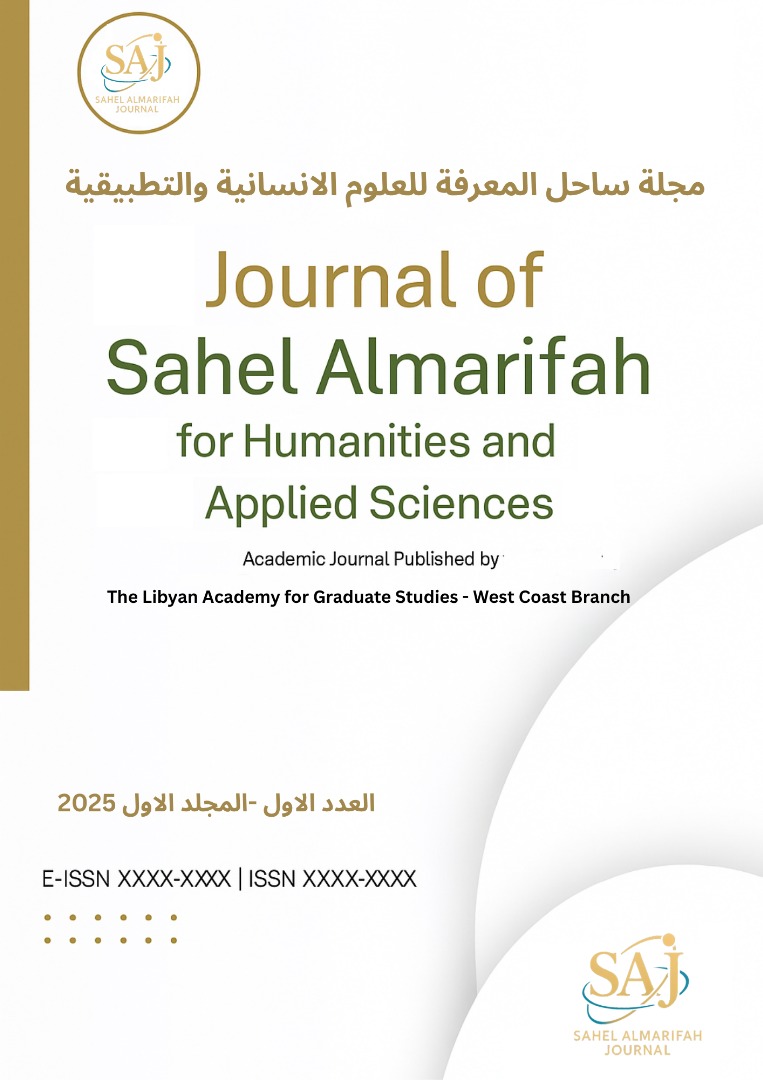Sale with the condition of being free from defects - A comparative jurisprudential study
Abstract
This study addresses the issue of selling with a condition of exemption
from defects, which is one of the important issues in the chapter on transactions in Islamic jurisprudence. It does so by presenting the scholars' opinions on the matter, along with evidence and their discussion, and identifying the most preponderant views. This is because it concerns the seller's right to receive the price of their sold goods, and the buyer's right to obtain sound, defect-free goods, as well as the right to return them with a guarantee if defects are found.
This topic has been subject to considerable disagreement among scholars. Furthermore, this issue is connected to a contemporary phrase: "Goods sold are not returnable or exchangeable." This study examines this phrase from the perspective of contemporary jurisprudence, referring to some modern goods that were not known previously, and their legal ruling regarding their inclusion in the issue of selling with a condition of exemption from defects, in addition to other detailed aspects of this issue.
My research plan is structured into six sections and a conclusion, as follows:
Section One: Definition of Defect and Option of Defect, and the Legitimacy of Return with Guarantee
Section Two: Meaning of Exemption, its Conditions, and Scholars' Opinions on the Ruling of Selling with a Condition of Exemption from Defects, and the Reason for the Disagreement
Section Three: Evidence and Discussion
Section Four: Scholars' Opinions on the Effect of the Condition on the Validity of the Contract
Section Five: Does Selling with Exemption Only Cover Defects Present at the Time of the Contract, or Does it Also Include Defects Occurring Before Possession?
Section Six: Ruling on the Phrase: "Goods Sold Are Not Returnable or Exchangeable"
Conclusion: In this section, I mention the most important findings reached in this study.
Following the conclusion, there is an index of footnotes, where I list the sources and references relied upon in this study





